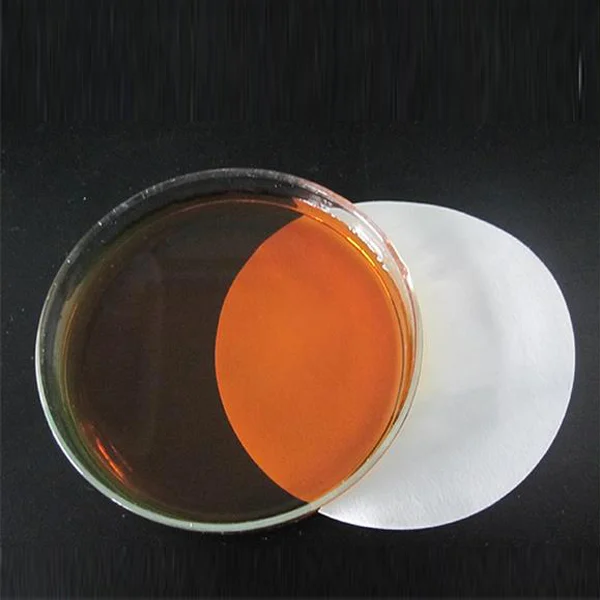
News
ਨਵੰ. . 07, 2024 16:30 Back to list
Exploring the Role of Chelating Agents in Modern Cosmetic Formulations and Their Benefits
The Importance of Chelating Agents in Cosmetics
Cosmetics play a crucial role in enhancing beauty and self-expression, but their effectiveness can be significantly influenced by the ingredients used in their formulation. One such category of ingredients that is gaining recognition in the cosmetic industry is chelating agents. These compounds, which bind to metal ions, have become essential in ensuring the stability and efficacy of various cosmetic products.
Chelating agents are not just functional additives; they enhance the overall performance of cosmetic formulations. In the presence of metal ions such as iron, copper, and calcium, which are commonly found in water and raw materials, cosmetic products can deteriorate or lose their intended effectiveness. These metal ions can catalyze the degradation of sensitive ingredients, leading to changes in color, texture, and fragrance, which could ultimately affect a consumer's experience.
One of the most well-known chelating agents used in cosmetics is EDTA (ethylenediaminetetraacetic acid). This powerful compound forms stable complexes with metal ions, helping to prevent them from interfering with the cosmetic formulation. In products such as shampoos, conditioners, and skin creams, EDTA can help maintain clarity and stability, as well as prolong shelf life. Its ability to bind heavy metals also ensures that the skin is not negatively impacted by impurities that may be present in the formulation.
Another significant chelating agent that has been gaining traction in the cosmetic world is sodium phytate, derived from rice bran or corn. This natural chelator is often favored for its biodegradable properties and low toxicity, making it an appealing alternative to traditional synthetic chelators like EDTA. Sodium phytate not only stabilizes formulations but also possesses antioxidant properties, enhancing the overall benefits of skincare products.
Consumer Awareness and Demand
chelating agent cosmetics quotes

As consumers become more educated about cosmetic ingredients, there is a rising demand for products that are both effective and formulated with safe, sustainable ingredients. This shift has prompted brands to rethink their ingredient choices and consider the impact of chelating agents not just on product performance, but also on skin health and environmental sustainability.
For instance, the clean beauty movement has inspired many brands to adopt green chemistry practices, incorporating chelating agents that are derived from natural sources. Products formulated with such agents are not just appealing from a performance perspective but also cater to the growing consumer expectation for transparency and responsibility in cosmetic ingredients.
Conclusion
In conclusion, chelating agents are a vital component of modern cosmetics, playing an essential role in enhancing the stability, safety, and efficacy of products. As the industry continues to evolve and respond to consumer preferences, we can expect to see an increased emphasis on innovative and sustainable chelating agents. Brands that understand the critical role these agents play will not only provide superior products but will also gain trust and loyalty from consumers seeking quality and responsible beauty solutions. Whether it is EDTA or natural alternatives like sodium phytate, the impact of these agents on the beauty industry cannot be understated. As we move forward, the synergy between cosmetic science and consumer awareness will undoubtedly shape the future of cosmetics, making it a fascinating facet of the beauty landscape.
By integrating effective chelating agents into their products, cosmetic brands are not just preserving their formulations—they are ensuring that the beauty experience is enriched for every user.
-
Polyaspartic Acid Salts in Agricultural Fertilizers: A Sustainable Solution
NewsJul.21,2025
-
OEM Chelating Agent Preservative Supplier & Manufacturer High-Quality Customized Solutions
NewsJul.08,2025
-
OEM Potassium Chelating Agent Manufacturer - Custom Potassium Oxalate & Citrate Solutions
NewsJul.08,2025
-
OEM Pentasodium DTPA Chelating Agent Supplier & Manufacturer High Purity & Cost-Effective Solutions
NewsJul.08,2025
-
High-Efficiency Chelated Trace Elements Fertilizer Bulk Supplier & Manufacturer Quotes
NewsJul.07,2025
-
High Quality K Formation for a Chelating Agent – Reliable Manufacturer & Supplier
NewsJul.07,2025
